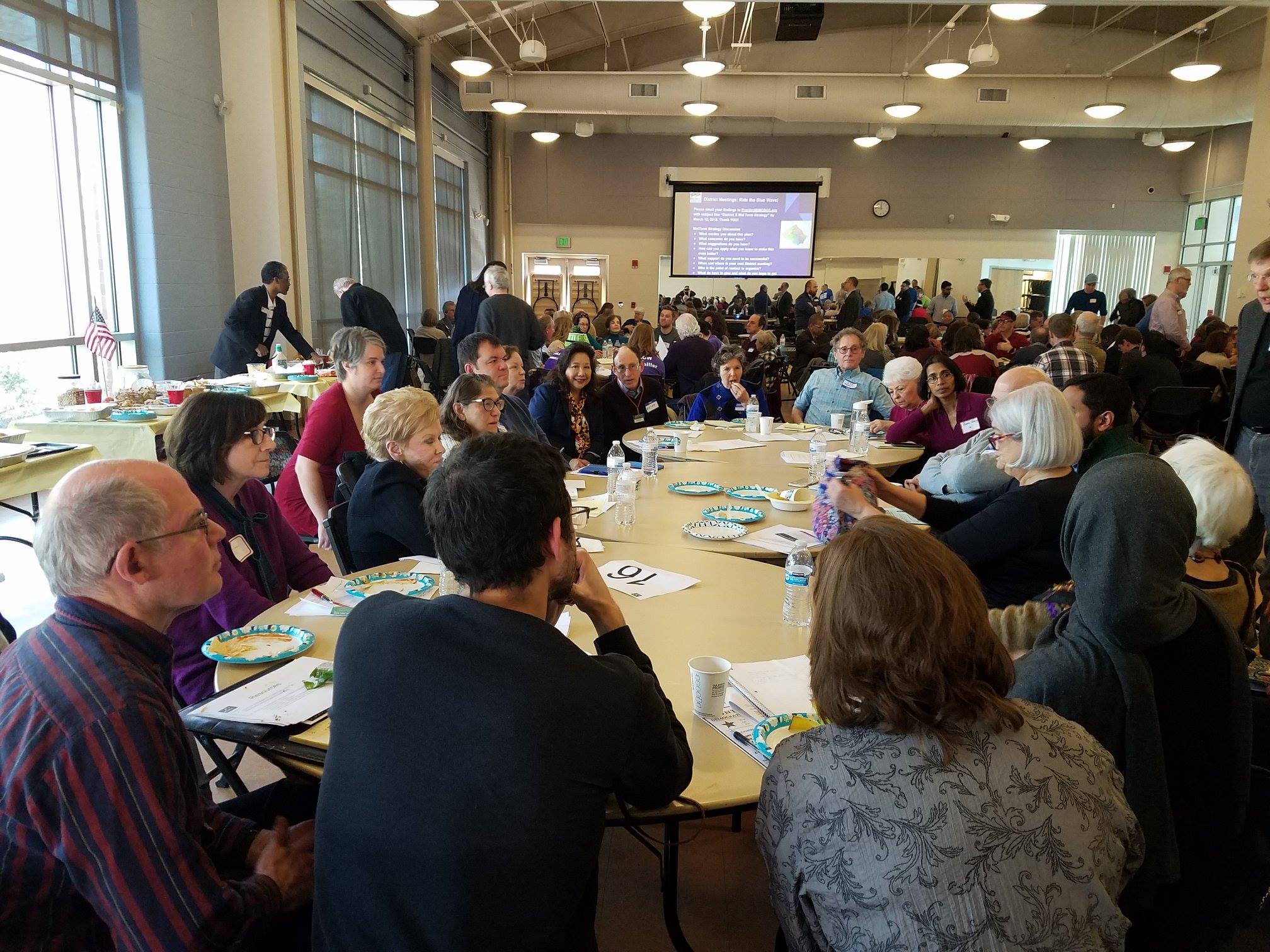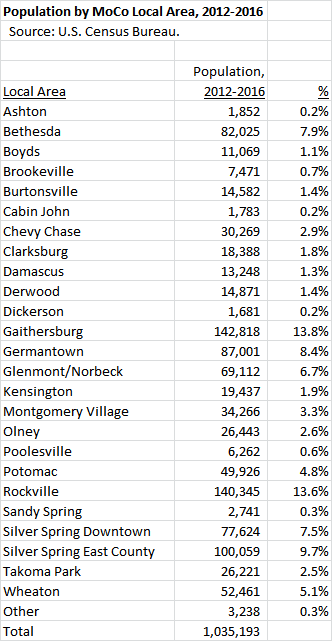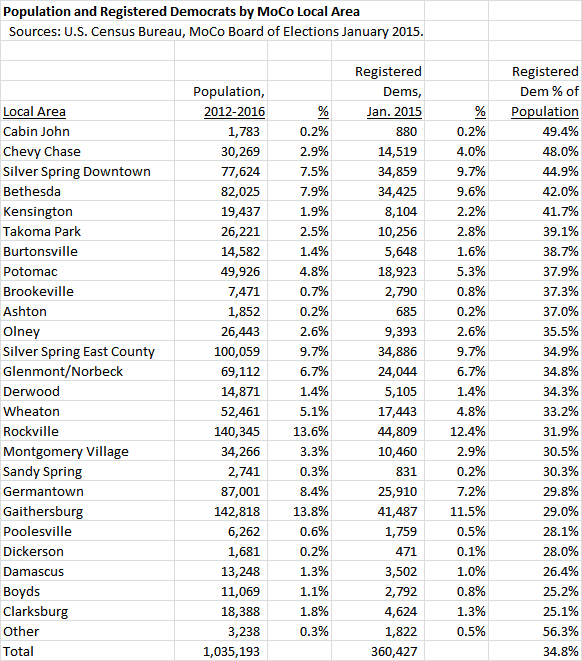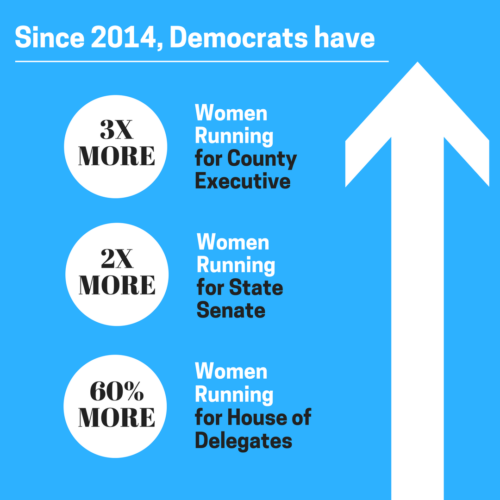By George Neighbors.
From the Commander-in-Tweet’s public policy pronouncements in Washington to blocking dissent on Facebook in Annapolis to the NRA’s endorsements of the duo, there’s a lot of unhappiness with the current US President and Maryland’s Governor.
Angry and teary eyed emojis don’t change public policy, and they sure don’t alone change who’s in power. We need to move beyond social media rants and listserve brawls. We need to engage our neighbors. We need to build and bridge community with our neighbors to take action.
Personally, in April of last year I decided to raise my hand and step back in to the political arena. With encouragement and a little arm twisting by friends, I signed up to be a Precinct Leader for the Democratic Party. Now I’m the face and connective tissue of the Democratic Party to my neighbors.
Most Seventh State readers will know what a ”Precinct” is and what a ”Precinct Leader” does, but I ask that you indulge me as part of what I’m trying to do to open up the opportunities and break down the barriers within the Democratic Party.
Precincts are the most local part of the Democratic Party. Each community is made up of voters in a community with a common voting location, aka polling place. These polling place communities are “Precincts.” In Montgomery County alone, we have 255 Precincts! Each Precinct has a leader (or two) who is responsible for reaching out, engaging, educating and mobilizing voters and would-be voters in her/his community.
Precinct officials and volunteers gather at the party’s precinct organization meeting on March 10.

Because I’m relatively new to the inner workings of the Democratic Party, and I have an organizational development background, and I kept asking a LOT of questions, I was asked to co-chair the Precinct Organization of the Montgomery County Democratic Party in August. You know the drill… you keep asking questions, you’re put in charge.
The Co-Chairs’ role is to empower, engage, mobilize, communicate, recruit and retain across all 255 Precincts – and engage with our 500+ leaders!
What I’ve learned is that we have many amazing people who have been doing the Precinct work of the Democratic Party for a long time: 20+ years! And we have a lot of new people, like me, who are keen to engage, and make a difference.
I’ve been asked, “What are we doing differently with the Party?” I tell people that we’re renewing the Precinct Organization. We’re refocusing on Precinct Power.
Renewing means prioritizing resources, training, mobilization, outreach, communication, and appreciation to recruit and retain great Precinct Leaders. Renewing also means we have to do things a little differently.
Renewal goal number one is to be strategic and intentional about our voter turnout strategy. We aim to increase Montgomery County Democratic midterm general election voter turnout by 15 percentage points, from the 45% in 2014 to 60% in 2018. We have a plan.
Renewal goal number two is to empower Precinct Leaders. We’re gathering the Precinct Leaders from across the County together every few months to discuss the strategy of the Party, evolve their role beyond Election Day to engage with their communities throughout the year, and build the infrastructure at the State District level so that we can inspire people across the County, coordinate across the Districts, and engage in each Precinct community.
Renewal goal number three is to mobilize the Precincts. Beginning last summer and continuing through the fall and winter, we engaged Precinct Leaders in canvassing to learn what Democrats think. ”Canvassing” means you go door-knocking to reach and talk with people. It’s proven to be the best way to reach voters and get them engaged.
These canvasses were not asking the voters to donate or vote. Rather, these were “listening canvasses” to have voters share their thoughts. During these conversations we listened and helped connect neighbors with their elected Democratic officials to address issues ranging from a broken street light to an erroneous utility bill to navigating healthcare.
The canvasses also provided an opportunity to train our Precinct Leaders in canvassing and outreach. It was about making a personal connection with voters. Bringing the Democratic Party to them!
Renewal goal number four is to activate each Precinct. To help grow the Precinct Organization, I’ve spent the past six months speaking to clubs and organizations across the County about the Precinct Organization, and how people can get involved.
Many Precincts could use new blood to assist current Precinct Leaders, and many other Precincts are in need of new leadership either because of an absence or because someone is ready to step aside.
We also need to engage new voters and immigrants as well. Having people who look, live and speak like they do, is the beauty of the Precinct Organization, i.e., neighbors talking to neighbors.
So now comes the pitch… With the June primary counting down, and the general election in November, we need to organize. We need to mobilize. We need to engage. We need voters to turn out. We need voters to vote.
We also need Precinct Leaders. We need bilingual leaders. We need new leaders. We need leaders who represent their community. We need leaders up county, down county, east county, west county and mid county. Opportunities abound to do something that matters. Together we can build stronger and engaged communities.
I’m asking all Democrats reading this to do four things.
1. Go to the Precinct Organization map on the Montgomery County Democratic Party website and look up your Precinct.
2. If you have a Precinct Leader, reach out to say ‘thank you.’ Then offer your help to knock on doors, call, enter data, host a meet and greet, etc. (Please email Precinct@MCDCC.org if s/he does not get back to you.)
3. If you looked up your Precinct and you don’t have a Precinct Leader, YOU can apply to be a Precinct Leader with this application! You can also email my cochair Mumin Barre and me at Precinct@MCDCC.org to set a time to talk about it and answer your questions.
4. Please share this story with as many people as you can via email, social media, and word-of-mouth. We need engaged and empowered Precinct Leaders, who are building and bridging communities, to take back the governorship.
I’m committed to making sure that no one come June or November wonders how they can get involved and engaged… how they can build stronger and engaged communities… how they can make a difference.
As we renew our Precinct Power, we need everyone- new and lifelong Democrats- to help build the Democratic Party, listen to residents, and reach voters to make a difference in their lives and our community.
George Neighbors is the Democratic Party Precinct Vice Chair of Precinct 13-21, Co-Chair of the Montgomery County Democratic Party’s Precinct Organization, and the male District 20 Candidate for the Montgomery County Democratic Party’s Central Committee in the June 26 Democratic Primary.





